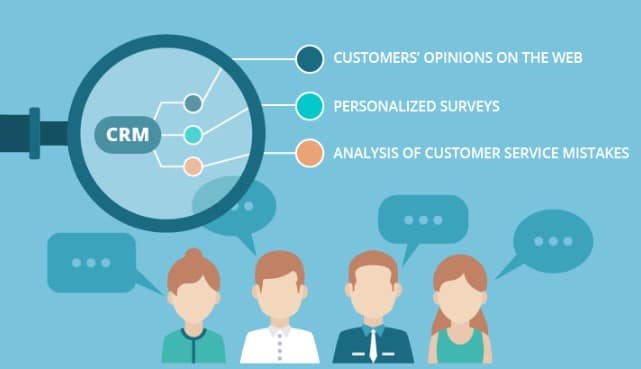How to Use CRM to Improve Customer Experience
How to Use CRM to Improve Customer Experience – Customer experience (CX) is a critical aspect of any business, and CRM can be a powerful tool for improving CX. Here are some ways businesses can use CRM to enhance customer experience:
Collect and analyze customer data
CRM systems can collect and store a wealth of data about customers, such as their purchase history, interactions with the business, and preferences. By analyzing this data, businesses can gain insights into customer needs, preferences, and behaviors, and use that information to deliver more personalized experiences.
Use automation to streamline processes
CRM systems can automate routine tasks such as data entry, appointment scheduling, and follow-up emails, freeing up staff to focus on more valuable tasks such as engaging with customers and providing personalized service.
Provide timely and personalized support
With a CRM system, businesses can track customer interactions across all channels (such as phone, email, chat, and social media) and respond in a timely and consistent manner. CRM systems can also provide staff with a 360-degree view of the customer, including their history with the business, preferences, and past interactions, enabling them to provide more personalized and effective support.
Proactively identify and resolve issues
By using data analytics and automation, CRM systems can proactively identify potential issues and resolve them before they become major problems. For example, if a customer has had multiple issues with a product, a CRM system can flag this and prompt staff to follow up with the customer to address the underlying issue.
Use customer feedback to drive improvements
CRM systems can collect and analyze customer feedback, such as surveys and reviews, and use that information to drive improvements in products, services, and processes. By listening to customer feedback and making changes based on that feedback, businesses can demonstrate that they value their customers and are committed to delivering a great experience.
In summary, by using CRM to collect and analyze customer data, automate processes, provide personalized support, proactively identify and resolve issues, and use customer feedback to drive improvements, businesses can enhance customer experience and build stronger relationships with their customers.
Segment customers for targeted marketing
By using CRM data to segment customers based on characteristics such as demographics, purchase history, and behavior, businesses can create targeted marketing campaigns that are more likely to resonate with specific customer segments. For example, a business could use CRM data to send personalized offers and promotions to customers who have made repeat purchases or who have shown interest in a particular product or service.
Collaborate across departments
CRM systems can enable different departments within a business (such as sales, marketing, and customer support) to share customer data and collaborate on customer interactions. This can help ensure that all departments are aligned around the goal of delivering a great customer experience and can lead to more consistent and effective communication with customers.
Measure and track CX metrics
CRM systems can track key metrics such as customer satisfaction, customer retention, and customer lifetime value, providing businesses with insights into how well they are delivering on their CX goals. By measuring and tracking these metrics, businesses can identify areas for improvement and make data-driven decisions to enhance CX.
Integrate with other systems
CRM systems can integrate with other systems such as marketing automation, e-commerce, and analytics tools, providing businesses with a more complete view of the customer journey and enabling them to deliver more personalized experiences. For example, an e-commerce business could use CRM data to provide personalized product recommendations to customers based on their purchase history and browsing behavior.
In conclusion, by using CRM to segment customers for targeted marketing, collaborate across departments, measure and track CX metrics, integrate with other systems, and adopt other best practices for enhancing CX, businesses can build stronger relationships with their customers and drive growth and success in the long term.
